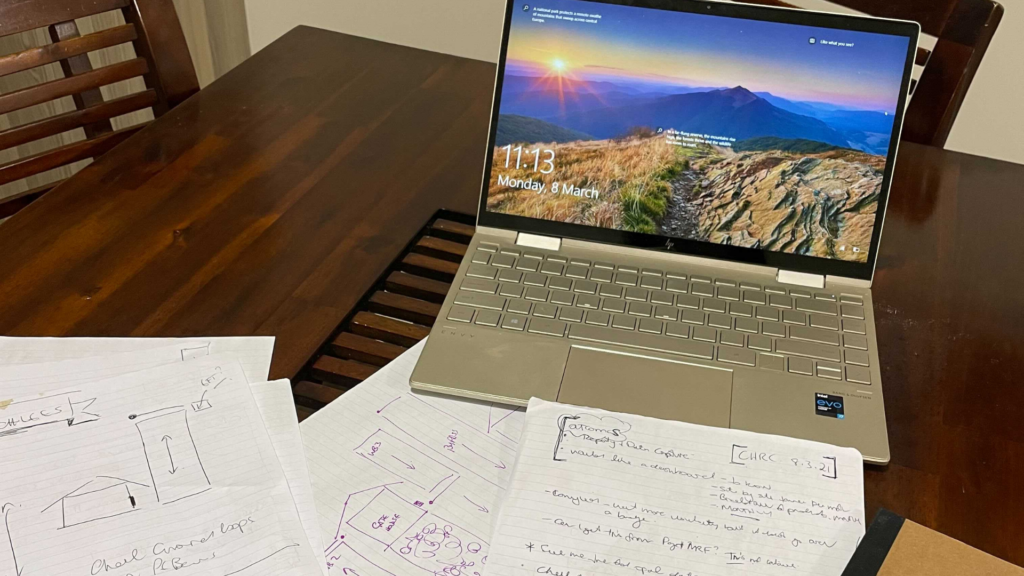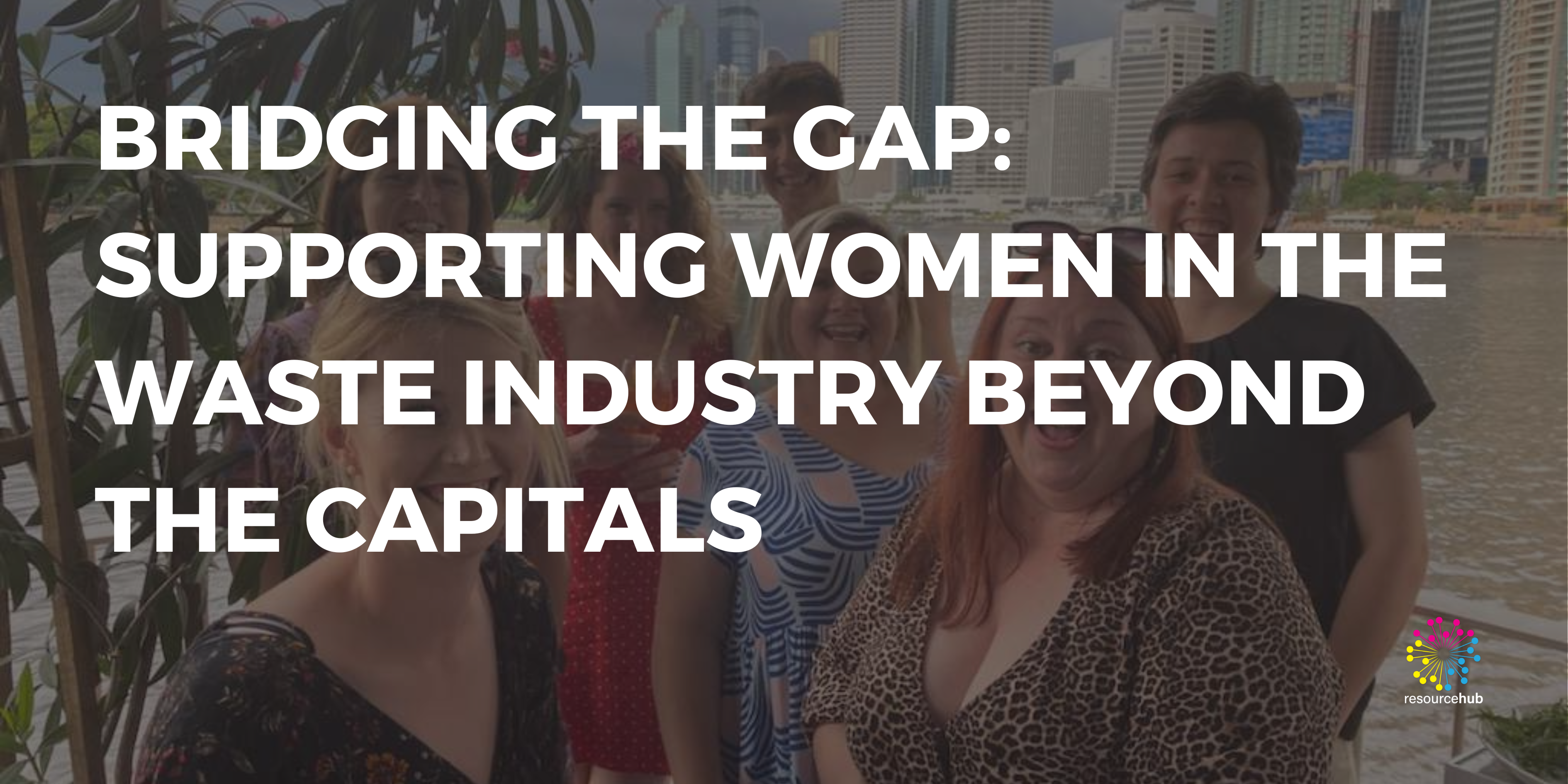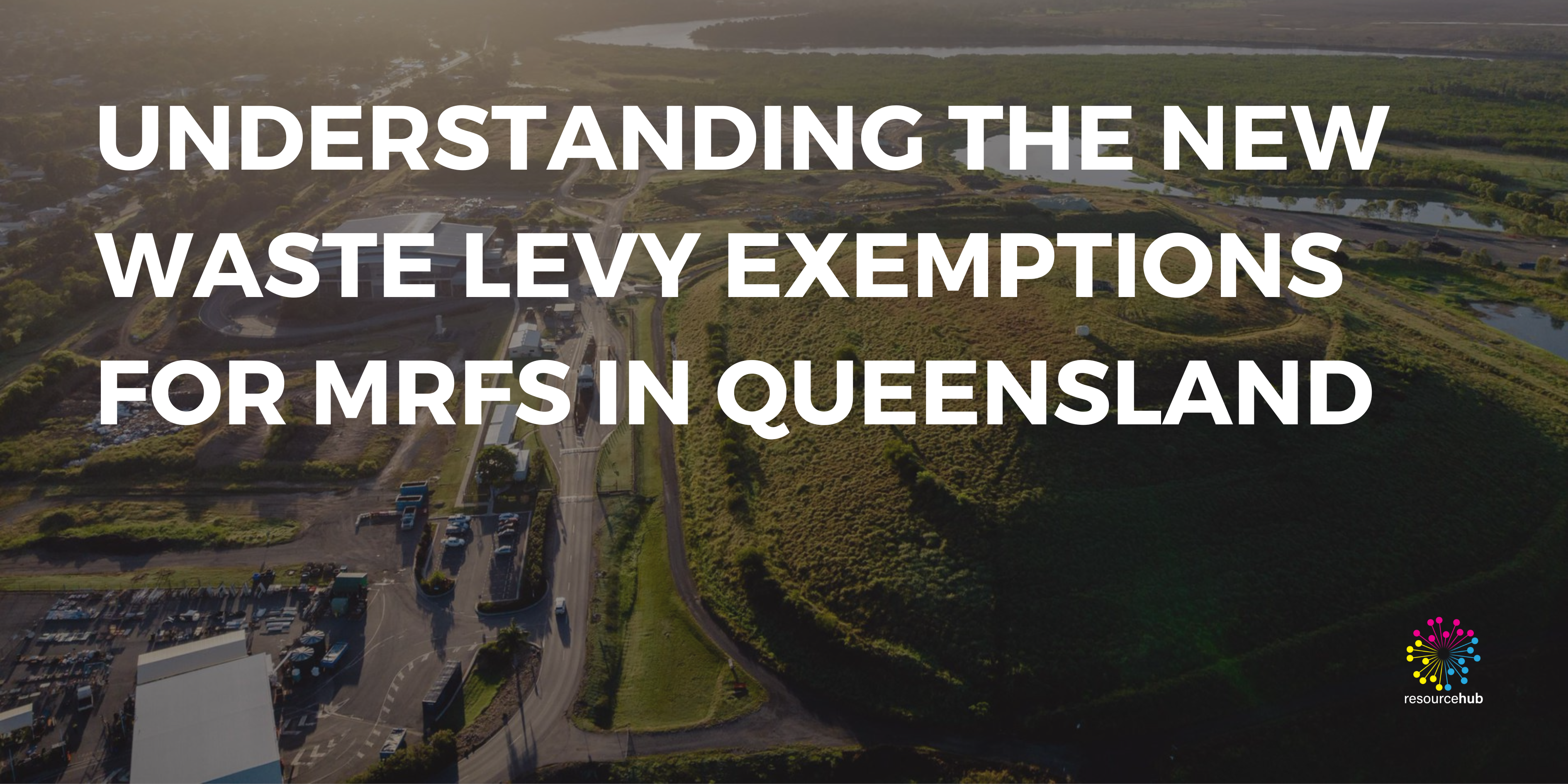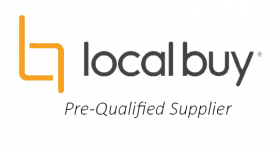At Resource Hub we use the word AUDIT a lot, but we don’t mean waste characterisation, or “bin diving”.
A waste bin audit is a very specific type of assessment and it’s usually what people think of when someone says ‘waste audit’. You might think of this as bin diving or bin rummaging, imagining little bags of waste being sorted and weighed in a shed. This is what many experts in the industry do to get a true understanding of the nature of what is in red and yellow-lidded bins.
Bin audits are important and generate key information for decision making, but they’re not the only waste audits to undertake.
So what exactly does Resource Hub audit if it isn’t the rubbish or resource in your bins? Find out what we audit and how we use the ‘audit’ process to help waste (and waste-conscious) organisations do better business.
The “Other” five key areas of waste audit:
– Waste levy and regulatory return audits- Financial processes and fraud audits- Waste admin and transactional data audits- Waste operations & business process audits- Material flow audits
Waste levy and regulatory reporting
At Resource Hub we talk about regulatory audits, specifically in regard to waste levy. Ensuring that waste facilities have not overpaid levy, underpaid or failed to accurately report transactions is imperative when you’re talking about reporting to a regulator. Levy is often a sizeable cost for an organisation so getting it right is a commercial imperative.
Waste levy audits may be as simple as a monthly internal review for a Council where your auditor provides a second set of eyes to ensure that transactions are being captured in the right way and that the information reported is accurate. Or they may be a more comprehensive annual assessment, supporting a facility through regulator initiated external audit. A waste levy audit can even incorporate assessment of the data baseline for your regulatory setting within transactional software, comparing transactions based on the type of product, customer, or locations of waste. Over a 12 month period, it can be helpful to review how the regulatory coding on transactions has changed as operational processes at a facility change or as staff turnover. Both waste data and regulatory audits are an imperative part of understanding the effectiveness of your operation and the integrity of the information that used to make decisions.
Financial process
When Resource Hub talk about waste audits, we might well be talking about a financial audit. It’s all a numbers game!
Consider a Council who is uncertain of their sub-contract arrangement for kerbside collection and whether they are paying the right amount. Often audits we undertake include an assessment of where kerbside bins are located, when the bins are actually lifted, the rates that are being charged for different types of lifts and different frequencies. We assess the type of predefined coding behind the scenes on those transactions that potentially impacted other areas of operational consideration (including waste levy costs).
And importantly, we assess the processes that lead to revenue generation and risk: be it the mechanisms to invoice clients, the reconciliation processes for revenue and cost accounts at facilities or the key indicators across waste and resource recovery facilities which have demonstrated that over 97% have either current or recent historical fraud.
Waste admin and transactional data
When we talk about auditing waste data, there are a few areas that we look at. These include the quality of the information that’s available for selection by a gatehouse operator or the effectiveness of the information that is predefined behind the scenes, and whether the selection of a product or a client will then negate or limit decision making for other fields – such as waste stream and levy exemptions. Waste data audits also aid in assessing the flows of physical materials throughout a facility or region. Information of volume and material type is imperative for decision making when it comes to the future of operations.
Operational process
Lastly, we LOVE to audit operational and business process at waste and resource recovery facilities!
Understanding what it is that happens at a facility, why it needs to happen and how it’s done is imperative to having an efficient and profitable business unit. It’s easy to get stuck in the nitty-gritty of undertaking our daily roles, and over time implement band-aid solutions to get immediate outcomes. As a result, managers and coordinators in industry often end up so far in the weeds that we can’t see the opportunities that are directly in front of us.
Having a second set of eyes to come into an organisation and assess those processes at the front of the facility – as well as behind the weighbridge – can be a key opportunity to reduce staffing overheads, improve confidence in reporting and ensure that the information captured and billed is accurate. The primary outcome of any business process audit is to ensure that your organisation is as efficient and effective as possible.

Material flow audits
Understanding where our waste comes from and where it ends up is a critical part of managing principles of resource recovery and circular economy.
Assessment of material flows can relate to tracking the movements of waste at the traditional facility, diversion or recycling rates. Or it could refer to understanding those movements within industry and the community: how container supply chains impact region and how the containers make their way into container refund or deposit programs; what waste is available within a region that can act as feedstock for energy to waste plants; or what items are moving through circular economy precincts for re-use hubs that are traditionally not be reported but can drive job and market creation!
We know that ‘audit’ can be a dirty word and waste auditing often conjures images of tarpaulins, PPE and rows of tubs for sorting a pile of waste or recycling.
Just as bin auditing helps us understand the problems at hand in terms of composition and contamination, our Resource Hub waste audits of data, finance, waste levy, material flows and operational process help organisations see clearly the gaps and opportunities within their business functions, resolve issues at the source and ensure that operations are efficient, reliable and positioned to improve the bottom line.




